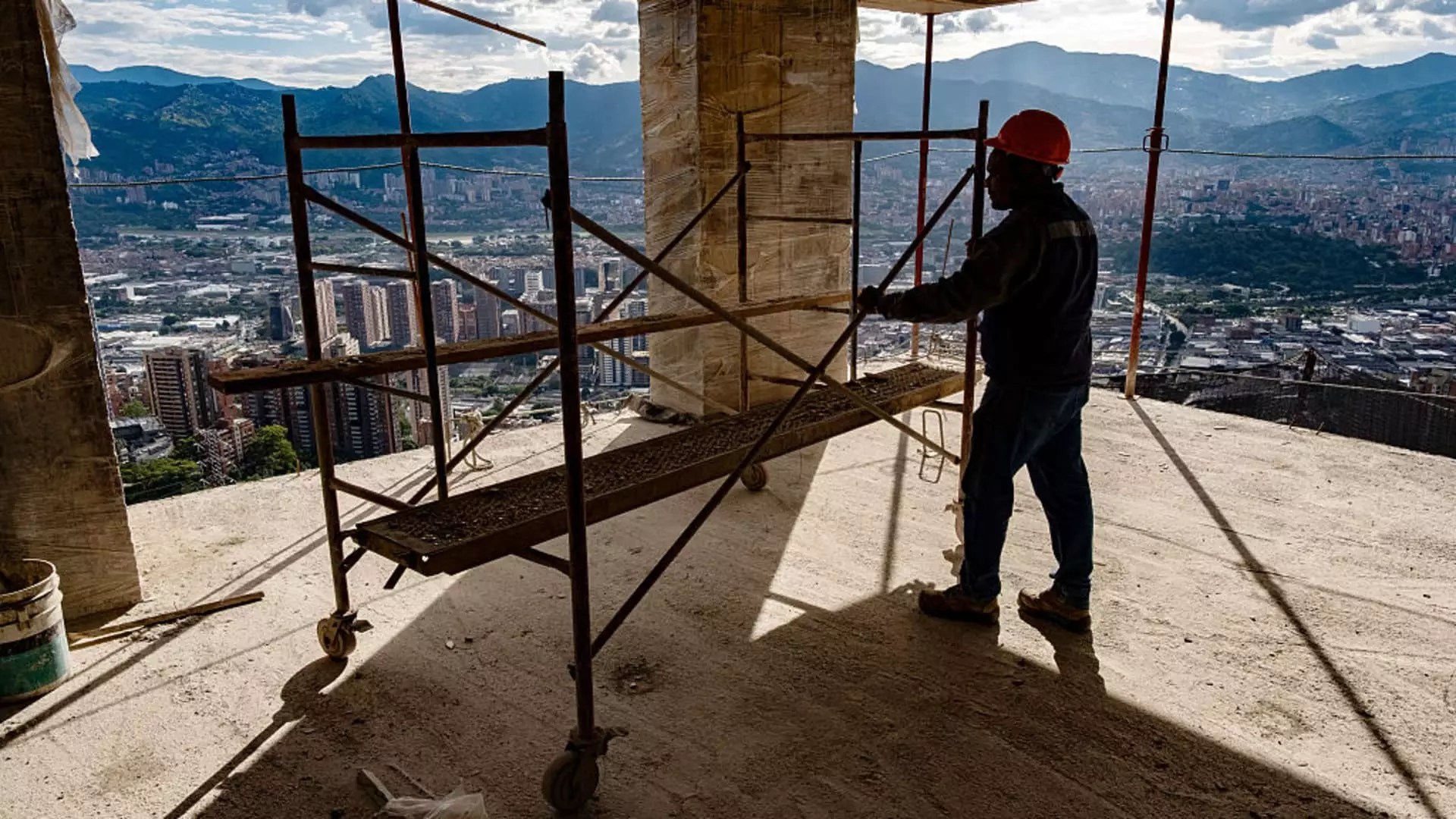For too long, the construction industry has been dismissed as a slow-moving giant reluctant to embrace innovation. Despite its immense economic footprint, this sector has lagged behind in adopting modern technology — a paradox that underscores its resilience to change. Many assume that the industry’s complexity and scale are insurmountable barriers; however, these are often excuses cloaked in tradition. The sobering truth is that construction has historically been one of the least digitized industries globally, with a glaring lack of investment in IT infrastructure. This stagnation isn’t accidental. It’s a calculated resistance rooted in entrenched practices, fragmented workflows, and a culture that’s allergic to disruption. Ironically, this resistance costs billions yearly through inefficiencies, bloated budgets, and environmental waste, exposing a clear need for reform that most industry stakeholders refuse to acknowledge openly.
Technology: A Necessary Reckoning
The push for modernization gains urgency when examining the cost of inaction. McKinsey’s recent report estimates that nearly $1 trillion in productivity is lost each year due to outdated processes. This isn’t just a matter of slow progress but a systemic failure to recognize the value that innovative technologies could provide. While sectors like automotive and aerospace dedicate a significant portion of their revenue to IT, construction invests less than 1%. This disparity reveals an alarming undervaluation of technology’s potential to streamline operations and mitigate risks. Digital tools aren’t a luxury; they are an existential necessity in an industry plagued by delays, errors, and hazards. Yet, many firms remain skeptical, caught in a cycle of incremental, superficial upgrades that rarely penetrate their core practices.
From Tragedy to Innovation: A Personal Catalyst
Sarah Buchner’s story epitomizes the industry’s cultural resistance to change but also the potential for redemption through innovation. Her tragic firsthand experience — overseeing a high-rise project where a fatality occurred — served as the catalyst for her pivot to construction technology. Her journey underscores a brutal truth: safety and efficiency are intimately linked, and both are often compromised by outdated documentation and manual workflows. Her creation of a health and safety app was a necessary warning shot against complacency. Decades later, her company, Trunk Tools, represents a bold attempt to leverage artificial intelligence (AI) to overhaul construction workflows, turning a tragic incident into a catalyst for systemic change.
The Power of AI in Construction
Trunk Tools stands at the frontier of leveraging generative AI to bring about tangible change. Unlike superficial solutions, this platform tackles the core problem — unstructured, chaotic documentation — by converting millions of pages into clear, actionable data. Contractors often grapple with conflicting instructions, incomplete blueprints, and ever-changing schedules, which lead to waste, project delays, and environmental harm. AI can subtly reimagine this chaos by restructuring data, identifying risks, and streamlining communication. This isn’t about shiny new gadgets but about pragmatic tools that reduce human error and accelerate decision-making. A project in New York that costs around half a billion dollars generates countless pages of documentation that change daily. Without AI, deciphering this mountain of data or coordinating activities becomes an insurmountable challenge; with AI, it becomes a manageable, even efficient, process.
Investment and Industry Skepticism
Recent funding rounds, where Trunk Tools raised $40 million, signal a tentative breakthrough. Such investments underscore growing confidence — or at least cautious optimism — in the role of AI and digital solutions for construction. Yet skepticism persists, especially among traditional firms still wary of the costs and disruptions associated with digital transformation. These firms often hide behind the veneer of industry stagnation, but the reality is a refusal to face the fact that their entrenched practices are no longer sustainable. The temptation to stick with familiar workflows is powerful, but it’s a short-sighted approach that threatens long-term viability. The investment community, sensing the industry’s digital drought, is betting on startups that can deliver real, measurable efficiencies. Whether this gamble pays off depends on whether construction firms will finally embrace change or cling to their outdated methods out of habit or fear.
The True Cost of Resistance
Ultimately, the most compelling critique is that reluctance to innovate is no longer just a business risk — it’s a moral failure. The environmental waste caused by inefficiency, the safety risks borne by workers, and the spiraling costs of delays all demand urgent attention. Modern construction software and AI tools aren’t mere enhancements; they are catalysts for systemic reform. Those who dismiss these innovations do so at their peril, essentially choosing obsolescence over progress. For a sector that shapes the physical world, the slow march toward digitalization is a missed opportunity to build smarter, safer, and more sustainable structures. The future belongs to those willing to confront their own resistance and accept that true transformation requires courage, commitment, and a willingness to challenge the very foundations of traditional practices.


Leave a Reply